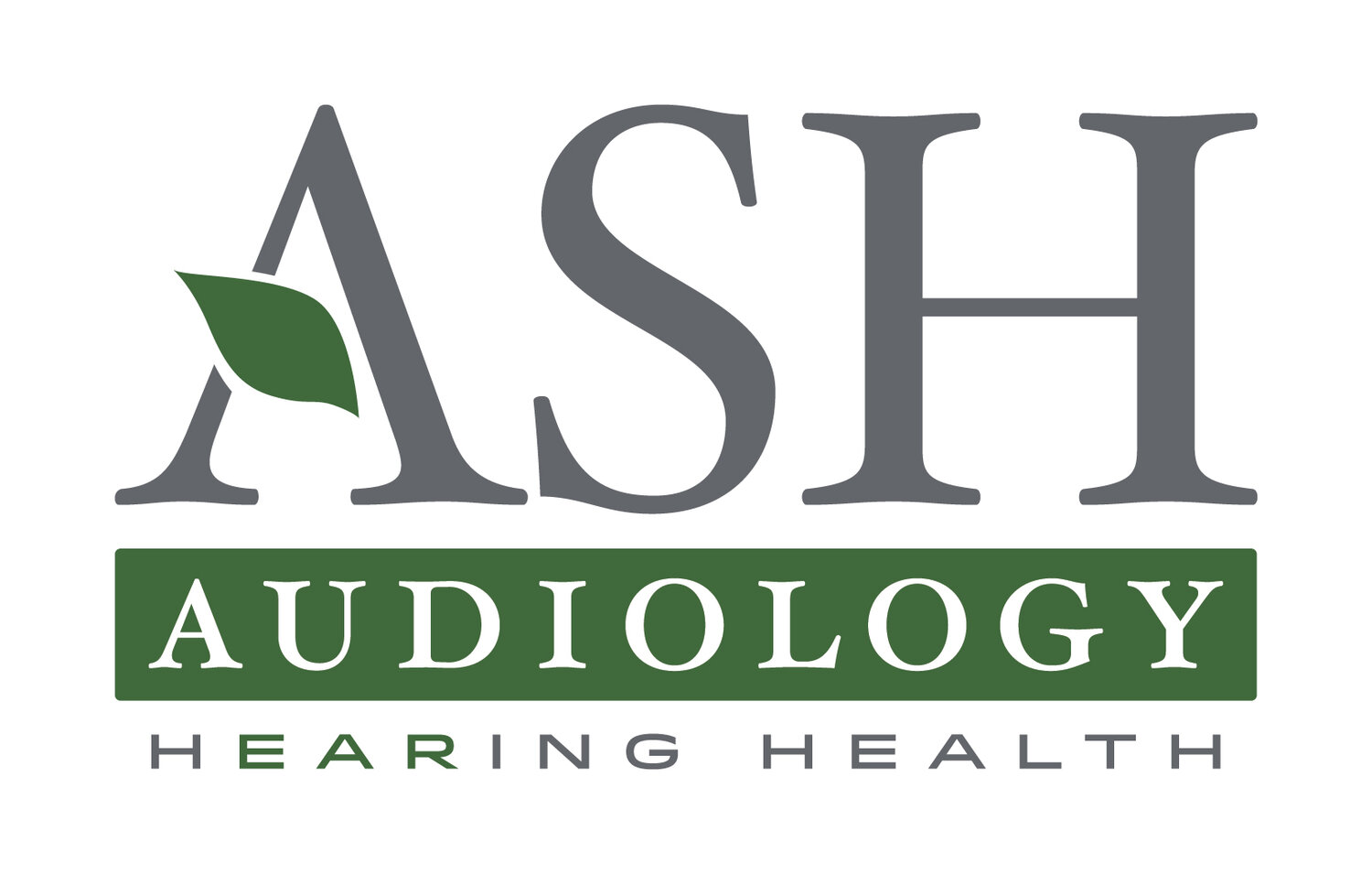Hearing Protection: Power Tools & Woodworking
When using machinery and tools, safety is important. Woodworkers often wear safety goggles to protect their eyes, gloves to protect their hands, and hearing protection to protect their ears. The noise produced by the average circular saw or chainsaw is about 109 decibels. According to the CDC, prolonged exposure to sounds greater than 70 decibels has the potential to damage hearing. Everyone who uses power tools should wear some form of hearing protection to prevent noise induced hearing loss. Individuals with hearing loss should take extra caution to protect their existing hearing.
How can I protect my hearing when I’m woodworking or using power tools?
When it comes to protecting your ears from machine noise, there are several options available. Below are some of the different types of hearing protection that are available:
Foam Earplugs
Foam plugs are cheap and easy to find online or at hardware stores. If you’re planning on using power tools for a short-term project, this is a good option. At most, foam plugs can reduce the intensity of sounds by around 25 decibels. However, if they are not properly inserted and do not properly seal off the ear canal, they are not effective.
Earmuffs
Safety earmuffs are often used by professionals who work with loud machinery or tools. However, they can be uncomfortable. They may feel tight and accumulate sweat if worn for long periods of time. Earmuffs can usually reduce noise by about 30 decibels. They are easier to properly wear than foam earplugs, which are not effective if worn incorrectly. You can purchase hearing protection earmuffs from us in our online shop.
Foam Plugs and Earmuffs
The ideal method for protecting your hearing from loud motor or machine noise is wearing both earplugs and protective earmuffs at the same time. A combination of foam earplugs and earmuffs together can reduce the intensity of noise by about 35 decibels.
Custom Earplugs
Custom earplugs have several advantages over foam plugs. They are created to fit an individual’s ears perfectly, which means they’re often more comfortable and fit more securely than foam earplugs. If foam earplugs are not properly inserted, then they do not attenuate noise effectively. Custom earplugs are easier to put in, since they’re made to fit the exact size and shape of your ears. They also reduce waste. You can reuse your custom earplugs over and over again instead of regularly re-purchasing and throwing away foam earplugs. The most effective way to protect your hearing is to combine custom plugs with earmuffs. You can purchase custom earplug hearing protection from us in our online shop.
How are custom earplugs made?
Custom earplugs must be custom-made for your ears. To make a set of custom earplugs that are unique to your ears, your audiologist will take impressions of your ears. Taking ear impressions is a fast and safe procedure that can be completed on children and adults.
To take an ear impression, your audiologist will first use an otoscope to look in your ears and ensure your ear canals are clear of earwax. Then your audiologist will use a lighted tip (it may look like a pen or a small flashlight) to place a small piece of foam inside your ear canal. This foam protects your eardrum. After the foam is in place, your audiologist will use an impression gun to squeeze a silicone mixture into your ears. This material is wet and soft at first, like toothpaste, but after about five minutes, it will harden until it is the consistency of soft plastic. Once the silicone material hardens, your audiologist will remove the impressions from your ears.
Once your audiologist has the impressions of your ears, they will be sent to a manufacturer which makes earplugs. After that, all you have to do is wait until the musician’s plugs have been made. Once they are ready, we can bring them to you. Your audiologist will examine the custom plugs and make sure they fit appropriately in your ears.
Can I wear my hearing aids while I use power tools?
No. You should always remove your hearing aids AND wear hearing protection if you plan to be around loud noise.
What else can I do to protect my hearing if I regularly use power tools or loud machinery?
Not only is it important to protect your hearing while you are working with loud machinery, it’s also important to give your ears time to recover. The National Health Service in the UK recommends taking a break from the noise every 15 minutes. Also, after a day of repeated exposure to loud noise, they recommend avoiding loud noise for at least the next 18 hours. Repeated exposure to loud noise without a break leads to greater risk of permanent hearing loss.
If your job or hobby requires regular exposure to loud noise, it’s important to regularly get your hearing checked. Consider having an annual hearing test, and make an appointment sooner if you think your hearing has declined. If you notice a sudden decline in your hearing, it’s important to get your hearing checked immediately in case medical intervention may be necessary. Contact ASH Audiology to schedule your appointment.




